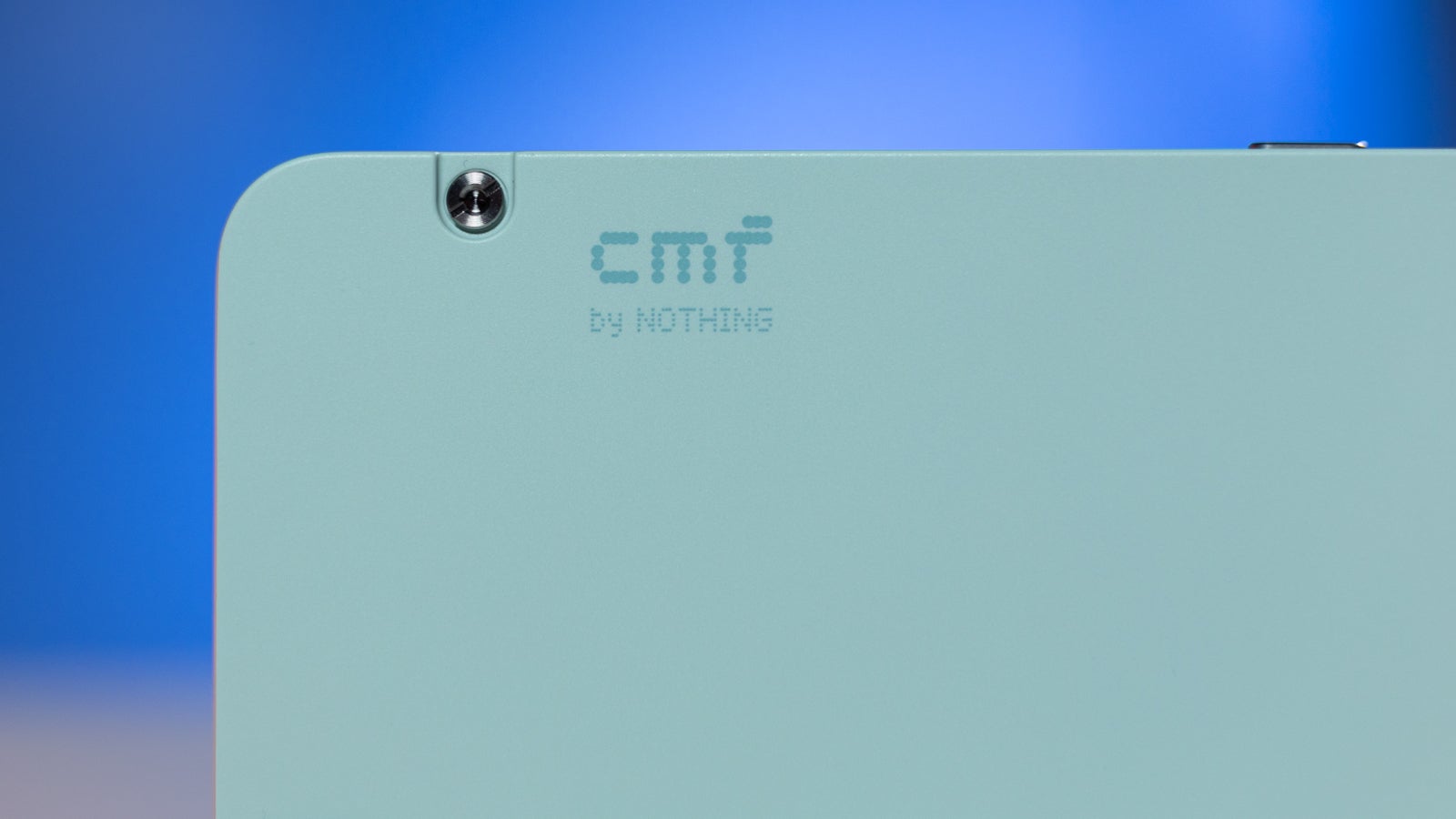How to Choose the Right Hair Products for Your Hair Type
Ever wonder why some hair products work wonders for others but do absolutely nothing for you? The answer lies in one simple truth: not all hair is the same — and your products should match your unique hair type and needs. Using the wrong shampoo, conditioner, or styling cream can leave your hair feeling dry, greasy, flat, or frizzy. But don’t worry — finding the right products isn’t as hard as it seems. Let’s break it down step by step so you can build the perfect hair care routine based on your hair type. Step 1: Know Your Hair Type Before buying anything, figure out where your hair falls in the following categories: 1. Hair Texture (Strand Thickness) Fine: Thin, delicate strands; can look flat Medium: Not too thick or thin; most common Thick/Coarse: Strong strands; can feel heavy or frizzy 2. Hair Density (Amount of Hair) Sparse, medium, or dense — how much hair you actually have 3. Hair Type (Curl Pattern) Straight (Type 1) Wavy (Type 2) Curly (Type 3) Coily/Kinky (Type 4) Knowing these three elements gives you a strong foundation to pick products that actually work. Step 2: Choose the Right Shampoo For Oily Hair Look for clarifying or balancing shampoos Avoid moisturizing or hydrating labels — they can weigh hair down For Dry Hair Go for moisturizing or nourishing formulas Ingredients like argan oil, shea butter, and glycerin are your best friends For Color-Treated Hair Use sulfate-free and color-safe shampoos Helps preserve color and prevent fading For Curly or Coily Hair Choose sulfate-free, hydrating shampoos Creamy cleansers or co-washes work well to retain moisture Step 3: Pick the Right Conditioner For Fine or Thin Hair Use lightweight, volumizing conditioners Avoid heavy, creamy formulas that can flatten your hair For Thick or Dry Hair Go for rich, ultra-moisturizing conditioners Leave-in conditioners and masks are great add-ons For Curly Hair Use curl-enhancing conditioners with slip (helps with detangling) Ingredients like coconut oil, honey, and aloe vera work beautifully Step 4: Match Styling Products to Your Needs Here’s where it gets fun — styling products can make a huge difference! Want Volume? Try a volumizing mousse or root-lifting spray Dry shampoo also helps add texture and lift Want Frizz Control? Use a smoothing serum or anti-frizz cream Humidity-blocking sprays are also game-changers Want Defined Curls? Go for curl creams, gels, or mousses Look for hold, moisture, and frizz-control all in one Want Heat Protection? Always apply a heat protectant spray or cream before using hot tools This shields hair from damage and dryness Step 5: Don’t Be Afraid to Experiment Hair changes with the seasons, your diet, and even stress levels. What works today might not work a year from now — and that’s okay! Try sample sizes before committing to a full bottle Listen to your hair — if it feels limp, greasy, or dull, something may be off Stick to products for at least a week before deciding they don’t work Final Thoughts Choosing the right hair products starts with knowing your hair. There’s no one-size-fits-all solution, but once you find what works for your texture, density, and needs — it’s a total game-changer. Say goodbye to bad hair days and hello to a routine that actually makes your hair healthier, shinier, and easier to manage!


Ever wonder why some hair products work wonders for others but do absolutely nothing for you? The answer lies in one simple truth: not all hair is the same — and your products should match your unique hair type and needs.
Using the wrong shampoo, conditioner, or styling cream can leave your hair feeling dry, greasy, flat, or frizzy. But don’t worry — finding the right products isn’t as hard as it seems.
Let’s break it down step by step so you can build the perfect hair care routine based on your hair type.
Step 1: Know Your Hair Type
Before buying anything, figure out where your hair falls in the following categories:
1. Hair Texture (Strand Thickness)
- Fine: Thin, delicate strands; can look flat
- Medium: Not too thick or thin; most common
- Thick/Coarse: Strong strands; can feel heavy or frizzy
2. Hair Density (Amount of Hair)
Sparse, medium, or dense — how much hair you actually have
3. Hair Type (Curl Pattern)
- Straight (Type 1)
- Wavy (Type 2)
- Curly (Type 3)
- Coily/Kinky (Type 4)
Knowing these three elements gives you a strong foundation to pick products that actually work.
Step 2: Choose the Right Shampoo
For Oily Hair
- Look for clarifying or balancing shampoos
Avoid moisturizing or hydrating labels — they can weigh hair down
For Dry Hair
Go for moisturizing or nourishing formulasIngredients like argan oil, shea butter, and glycerin are your best friends
For Color-Treated Hair
- Use sulfate-free and color-safe shampoos
- Helps preserve color and prevent fading
For Curly or Coily Hair
- Choose sulfate-free, hydrating shampoos
- Creamy cleansers or co-washes work well to retain moisture
Step 3: Pick the Right Conditioner
- For Fine or Thin Hair
- Use lightweight, volumizing conditioners
Avoid heavy, creamy formulas that can flatten your hair
For Thick or Dry Hair
- Go for rich, ultra-moisturizing conditioners
Leave-in conditioners and masks are great add-ons
For Curly HairUse curl-enhancing conditioners with slip (helps with detangling)
Ingredients like coconut oil, honey, and aloe vera work beautifully
Step 4: Match Styling Products to Your Needs
Here’s where it gets fun — styling products can make a huge difference!
Want Volume?
- Try a volumizing mousse or root-lifting spray
- Dry shampoo also helps add texture and lift
Want Frizz Control?
- Use a smoothing serum or anti-frizz cream
- Humidity-blocking sprays are also game-changers
Want Defined Curls?
- Go for curl creams, gels, or mousses
- Look for hold, moisture, and frizz-control all in one
Want Heat Protection?
- Always apply a heat protectant spray or cream before using hot tools
- This shields hair from damage and dryness
Step 5: Don’t Be Afraid to Experiment
Hair changes with the seasons, your diet, and even stress levels. What works today might not work a year from now — and that’s okay!
- Try sample sizes before committing to a full bottle
- Listen to your hair — if it feels limp, greasy, or dull, something may be off
- Stick to products for at least a week before deciding they don’t work
Final Thoughts
Choosing the right hair products starts with knowing your hair. There’s no one-size-fits-all solution, but once you find what works for your texture, density, and needs — it’s a total game-changer.
Say goodbye to bad hair days and hello to a routine that actually makes your hair healthier, shinier, and easier to manage!





























![[Webinar] AI Is Already Inside Your SaaS Stack — Learn How to Prevent the Next Silent Breach](https://blogger.googleusercontent.com/img/b/R29vZ2xl/AVvXsEiOWn65wd33dg2uO99NrtKbpYLfcepwOLidQDMls0HXKlA91k6HURluRA4WXgJRAZldEe1VReMQZyyYt1PgnoAn5JPpILsWlXIzmrBSs_TBoyPwO7hZrWouBg2-O3mdeoeSGY-l9_bsZB7vbpKjTSvG93zNytjxgTaMPqo9iq9Z5pGa05CJOs9uXpwHFT4/s1600/ai-cyber.jpg?#)












































































































































![[The AI Show Episode 144]: ChatGPT’s New Memory, Shopify CEO’s Leaked “AI First” Memo, Google Cloud Next Releases, o3 and o4-mini Coming Soon & Llama 4’s Rocky Launch](https://www.marketingaiinstitute.com/hubfs/ep%20144%20cover.png)






































































































































































































![Rogue Company Elite tier list of best characters [April 2025]](https://media.pocketgamer.com/artwork/na-33136-1657102075/rogue-company-ios-android-tier-cover.jpg?#)







































































_roibu_Alamy.jpg?width=1280&auto=webp&quality=80&disable=upscale#)



































































































![Android 16 Beta 4: How to bring back Pixel Battery health [U]](https://i0.wp.com/9to5google.com/wp-content/uploads/sites/4/2025/03/Android-16-logos-5.jpg?resize=1200%2C628&quality=82&strip=all&ssl=1)








![Apple Watch Series 10 Back On Sale for $299! [Lowest Price Ever]](https://www.iclarified.com/images/news/96657/96657/96657-640.jpg)
![EU Postpones Apple App Store Fines Amid Tariff Negotiations [Report]](https://www.iclarified.com/images/news/97068/97068/97068-640.jpg)
![Apple Slips to Fifth in China's Smartphone Market with 9% Decline [Report]](https://www.iclarified.com/images/news/97065/97065/97065-640.jpg)


































































































































